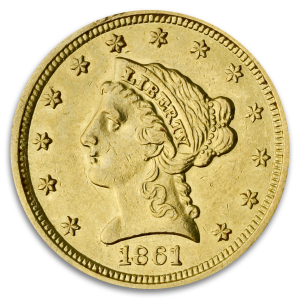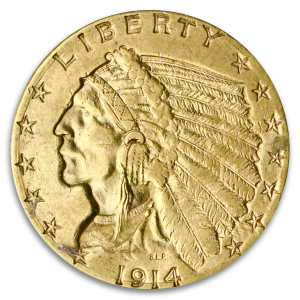$10 Indian Certified MS62 (Dates/Types Vary)
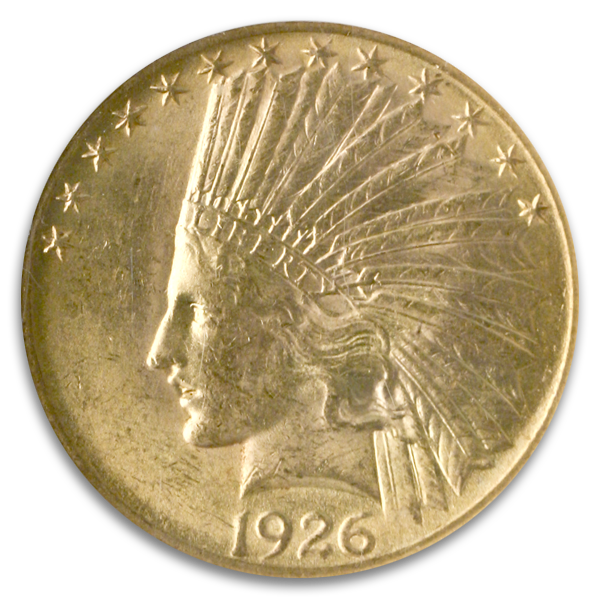


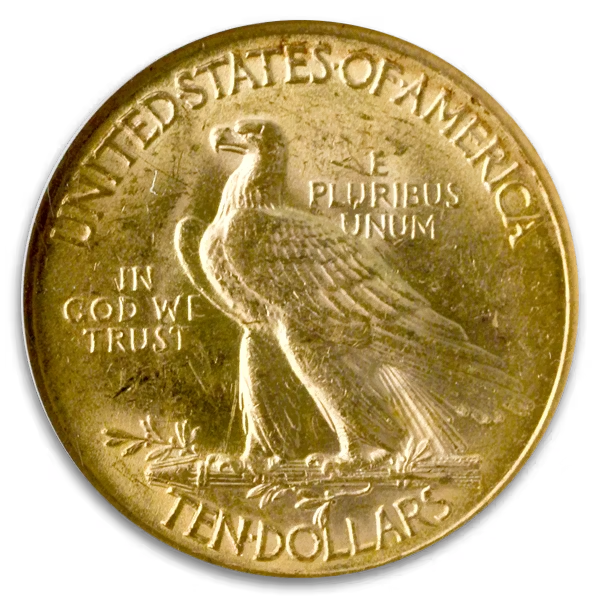

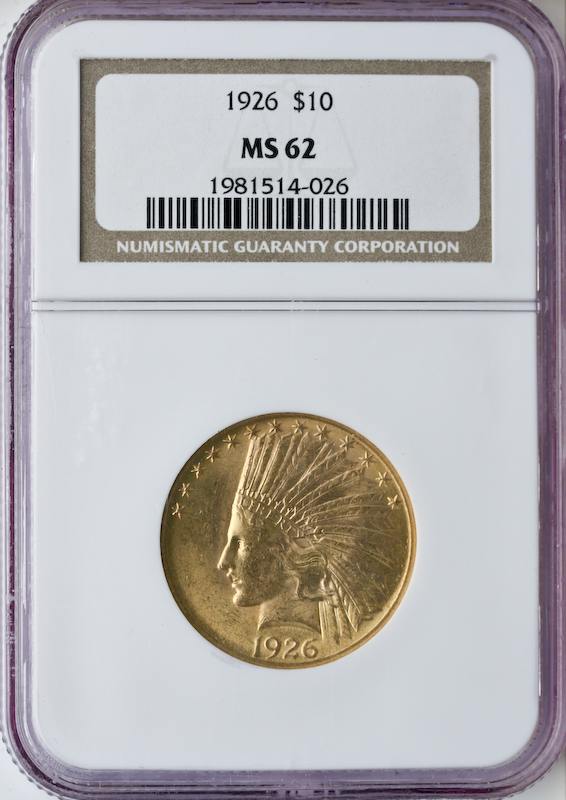

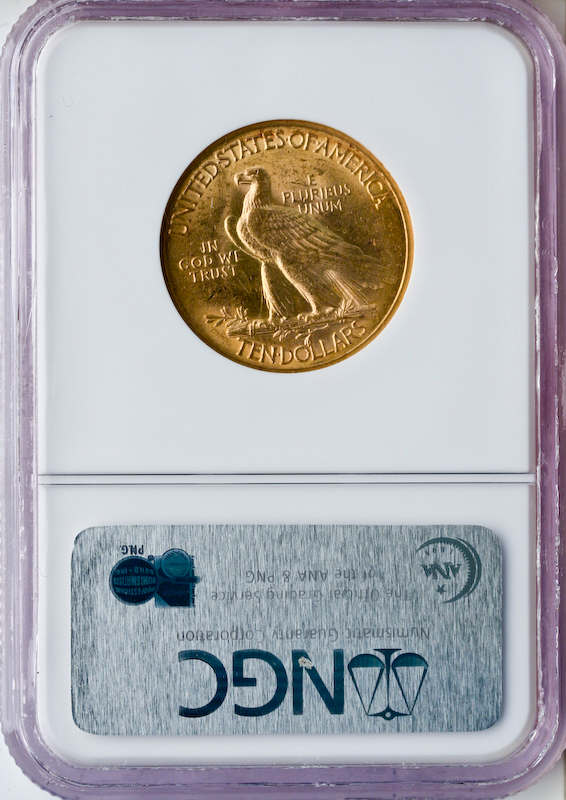

| President Theodore Roosevelt sought to revolutionize American coinage, which he felt lacked artistic distinction. Inspired by the aesthetic excellence of ancient Greek coins, Roosevelt commissioned the renowned sculptor Augustus Saint-Gaudens to bring new artistic vitality to U.S. coin designs. Among the remarkable results of this collaboration was the $10 Indian Head Eagle gold coin. Augustus Saint-Gaudens, a celebrated artist, became a key figure in this numismatic transformation. He was introduced to Roosevelt by Henry Adams, a notable figure in Washington with presidential lineage. The President and Saint-Gaudens shared a profound admiration for the beauty of ancient Greek coinage, which greatly influenced their collaboration. Initially, Saint-Gaudens was hesitant to engage with the U.S. Mint due to previous unsatisfactory experiences. However, Roosevelt's compelling vision persuaded him to participate, leading to a groundbreaking shift in American numismatics. Saint-Gaudens became the first artist outside the Mint to design U.S. coins, infusing them with classical artistic elements. The obverse of the $10 Indian Head Eagle features Lady Liberty wearing a feathered headdress, a departure from the traditional Phrygian cap. This distinctive choice, inspired by Roosevelt himself, added a unique and detailed element to the coin. The word "LIBERTY" is inscribed on the headband, and the year of minting appears below Lady Liberty’s neck. Saint-Gaudens' design also includes an interesting narrative. Some said that the image of Liberty in an Indian war bonnet was based on Davida Clark, the sculptor's mistress. Others said that an Irish-born waitress named Mary Cunningham was the model — and didn’t appreciate an immigrant being shown on the coin. Despite these pearl-clutching objections, the design has stood the test of time and remains popular today. The reverse of the coin showcases a proud eagle standing on an olive branch and a bundle of arrows with the inscriptions "UNITED STATES OF AMERICA" and "TEN DOLLARS" surrounding the eagle. The $10 Indian Head Eagle, minted from 1907 to 1933 with intermittent production from 1916 to 1933, contains .48375 troy ounces of gold. The coin is composed of 90% gold and 10% copper, measures 2.03 mm in thickness, 27 mm in diameter, and weighs 16.718 grams. These coins were produced at the Philadelphia, San Francisco, and Denver mints. This coin melds Roosevelt's vision and Saint-Gaudens' artistic prowess, marking a significant moment in the history of American coinage. Collecting the $10 Indian Head Eagle is a cherished specialty among collectors, and the MS62 grade offers an affordable shot at an uncirculated grade. |
Comparison Chart






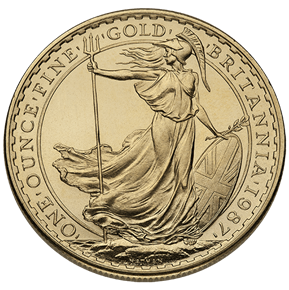
 Quick View
Quick View